
Tag Archives Dennis Lange
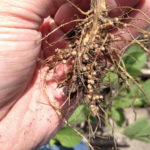
Choosing the right inoculant strategy
After some disappointing results this season, one pulse crop specialist says it’s time to take a hard look at these practices

Pea protein under the microscope ahead of Roquette plant in Portage la Prairie
Roquette will begin contracting for its protein-based plant next year. Meanwhile, researchers are on the hunt for ways to bolster protein content in yellow peas

Get scouting, soybean aphids showing up in fields
When populations hit 250 and are still rising consider applying an insecticide, but don’t forget to take beneficial insects into account. There’s an app for that
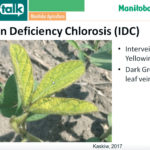
IDC suspected cause of a lot of yellow soybeans this year
Iron deficiency chlorosis can be mitigated by assessing a field’s risk and then selecting the appropriate variety, says Manitoba Agriculture’s Terry Buss
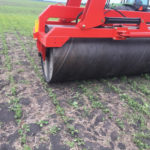
Tips for rolling emerged soybeans
The best time is at the first trifoliate on a warm afternoon to limit damage

VIDEO: When should you roll soybeans?
Tips from Dennis Lange, pulse crop specialist with Manitoba Agriculture
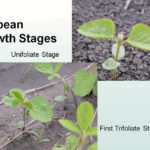
Soybean seeding advanced in central region, gearing up in the West
The third and fourth weeks of May are when most Manitoba soybeans are planted
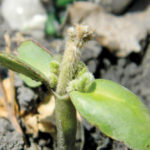
Soybeans poised to beat out wheat, barley
Planting estimates for soybeans are running around two million acres for the coming season
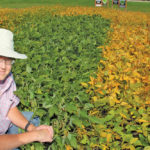
A soybean isn’t a soybean anymore
With more varieties to choose and new technologies to use, growers must ask more questions about what to grow — and what their neighbours are putting in
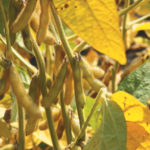
Westman group exploring feasibility of soybean-crushing plant
Westman Opportunities Leadership Group chair Ray Redfern says with soybean production expanding and perhaps hog production too, a plant in western Manitoba could make sense


